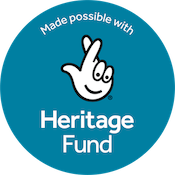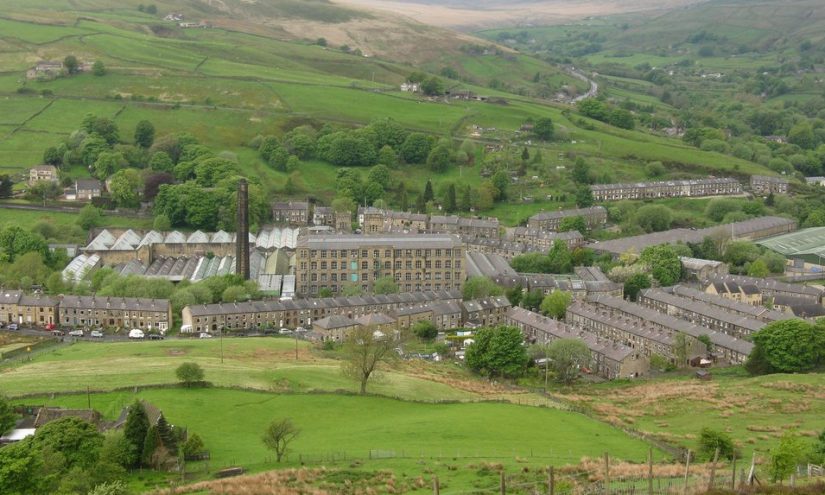


HERD is an epic musical and sculptural odyssey devised by composer Orlando Gough, which will take place in various locations around Kirklees this July, as part of Kirklees Year of Music.
Thanks to a £99,785 grant from The National Lottery Heritage Fund, HERD has joined forces with WOVEN textile festival to present Sing & Sew, a special programme to engage Kirklees communities. Find out more about this partnership via the HERD website.
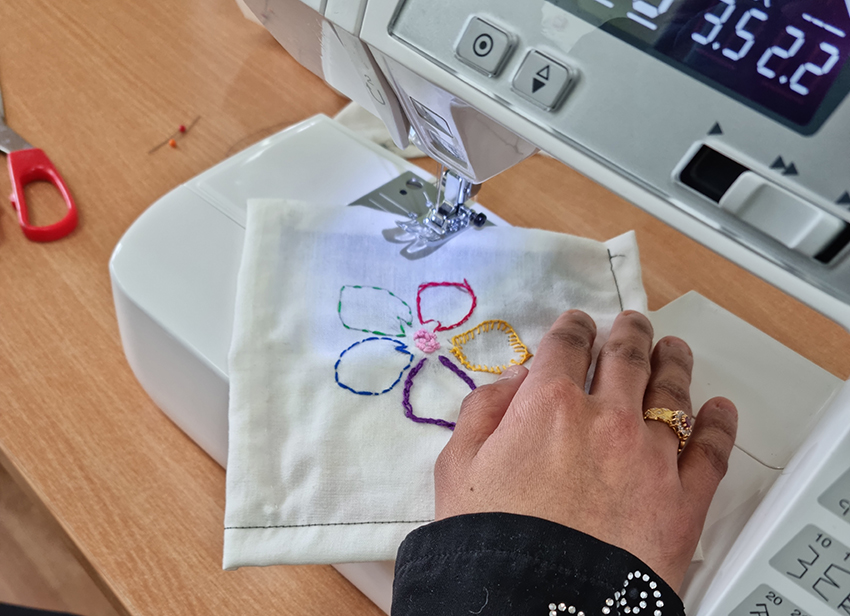
Over six magical days from 11 – 16 July 2023, 23 larger-than-life musical sheep, unlike any you’ve ever seen or heard, will appear in surprising places across Kirklees. Wired for sound, these sonic sculptures will broadcast original soundscapes into the landscape, moving from the rural boundaries of Kirklees into the towns and to St George’s Square, Huddersfield for the finale event on Sunday, 16 July.
So, why sheep?
HERD celebrates the enormous influence of sheep and the contribution they have made over the ages to this part of Yorkshire and its people. Kirklees is built on the textiles industry; from its undulating hills that have been perfect for grazing sheep for wool, to the plentiful supply of soft water from the Colne and Holme Rivers that is essential for washing raw wool.
In 1766, the woollen trade moved from its humble domestic spinning and weaving beginnings to large-scale mill production and trading in the purpose-built Cloth Hall designed by Sir John Ramsden. From this point on, the area established a worldwide reputation for the manufacture of fine woollen and worsted cloth, and Huddersfield’s status was secured as a centre for the textile industry.
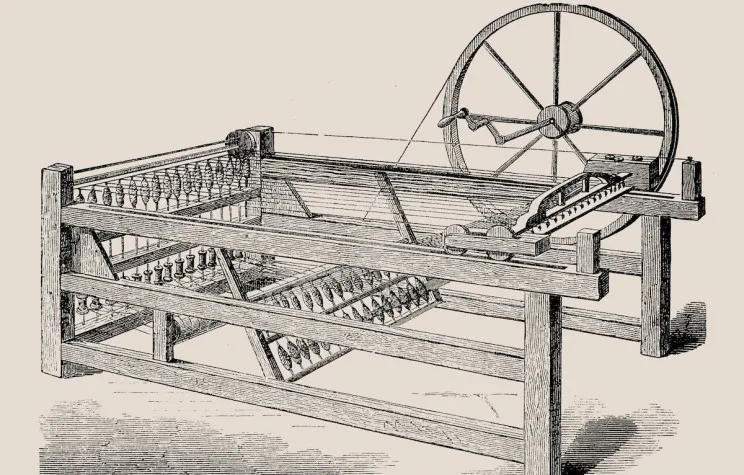
During and following the Industrial Revolution, the once innovative hand-operated spinning jennies and looms were overtaken by large new machines which had much greater capacity. With this increase in scale, production moved away from individual homes to larger buildings or mills. Textile production became much faster and therefore more prolific. There were (and still are) hundreds of mills scattered across Kirklees.
Despite organised protests against these changes, most notably by the Luddites who were completely opposed to the new machinery, the home workers had little option but to seek employment in the new mills. By 1911 there were 22,000 people working in textiles in Huddersfield.
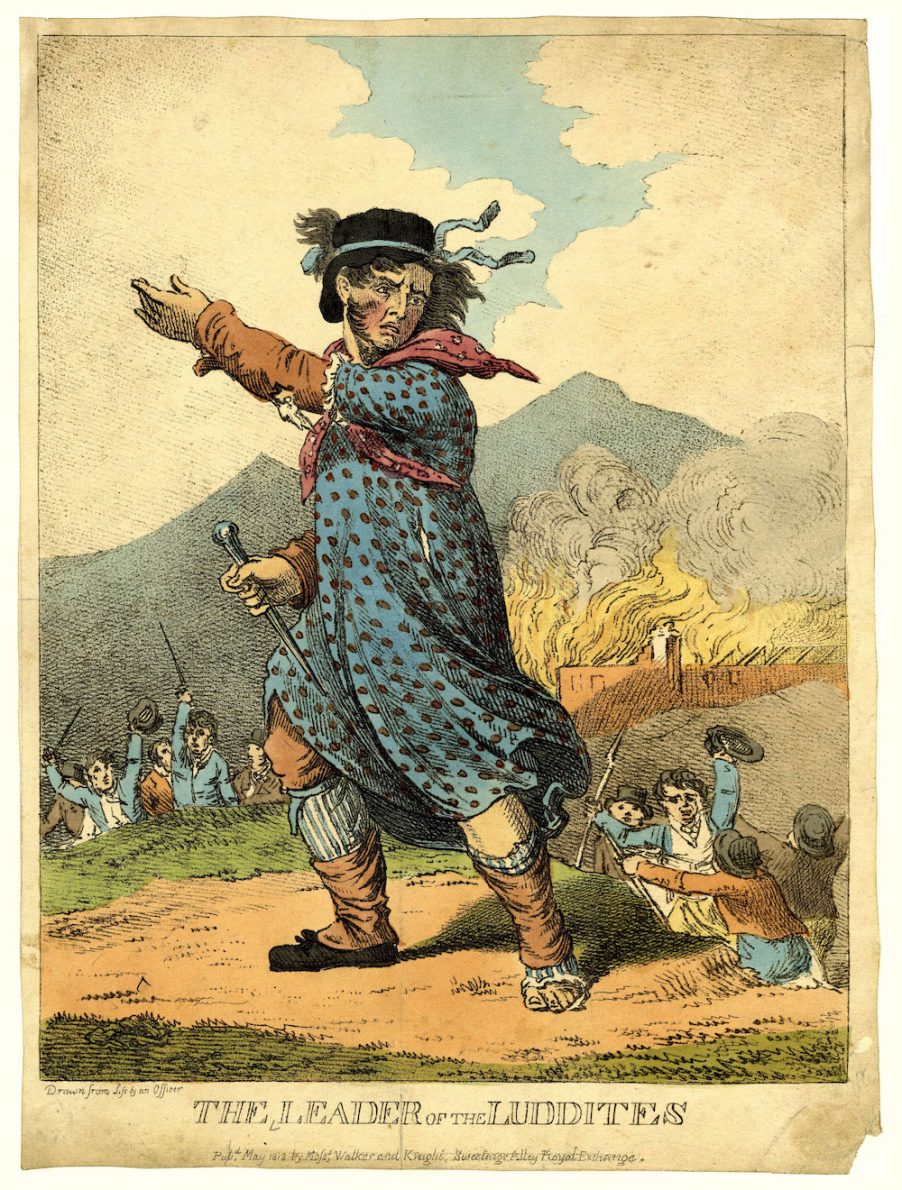
Kirklees’ textile story also saw the innovative development of shoddy and mungo. The technique that shredded unwanted woollen rags or industry waste to create new yarn for soldiers’ blankets and uniforms, is said to have been established in Batley.
In the late 1950s and early 1960s, as the demand for workers grew, the industry saw increased migration of workforce from Pakistan and India.
The decline of Huddersfield’s textile industry began in the late 1960s and was largely due to increased competition and technical advances elsewhere. Other countries invested in new, more efficient machines that required fewer workers to make cloth more quickly. The mass-production of these textiles made them cheaper, although of inferior quality.
Today Kirklees is reinventing itself as a centre for textile excellence. It is harnessing the newest technology and manufacturing techniques, leading on innovation and progression through organisations such as the Textile Centre of Excellence and The University of Huddersfield’s Technical Textiles Research Centre. The centre brings together expertise in disparate fields of science, including technical textiles, engineering, digital technology and textile processing, and aims to re-establish the town and region as a world leader in textiles.
Kirklees is also nurturing the next generation through textile courses at Kirklees College, New College, and a wide range of degrees at the University of Huddersfield, which also offers a thriving apprenticeship programme with the Textile Centre of Excellence.
Made in Kirklees cloth is having a resurgence through the environmental imperative to buy well and buy once. You can find out more about the textile manufacturers, retailers, artists, designers and makers here.
Make sure also to check out the WOVEN summer festival, which connects people with traditional textiles skills through a variety of exhibitions and events taking place in June and July. Plus, join WOVEN for a series of repair roadshows and sewing workshops as part of their Mission to Mend project.
Mission to Mend is an exciting part of the Celebrating the Stitch strand of WOVEN23, which aims to address pressing issues for people and the planet, drawing inspiration from the rich textile heritage of the area.
‘Make Do and Mend’ was part of the Government’s 1941 campaign, urging people to repair, reuse and reimagine their existing clothes during WWII rationing. This is just as urgent today, when the need to keep clothing out of landfill and incineration is imperative.
Hosted across five locations in Kirklees – Golcar, Meltham, Mirfield, Holmfirth, and Heckmondwike – Mission to Mend brings together a series of hand sewing workshops for beginners, followed by a Repair Roadshow that celebrates local sewing talent, including community needlecraft groups and the textile industry.
As part of our mission to mend, why not try out our every child challenge? WOVEN has worked with Thread Republic CIC to develop an instruction leaflet and online film tutorials, providing step-by-step instructions for five techniques every child should know before they go to secondary school.
If this potted history has piqued your interest in learning more about Kirklees heritage, visit the heritage sites and collections on display year-round in Kirklees Museums and Galleries. Plus, you can find out about upcoming events in Kirklees Museums and Galleries by visiting Creative Kirklees, the free guide to arts and creative events, news and opportunities in Kirklees.
